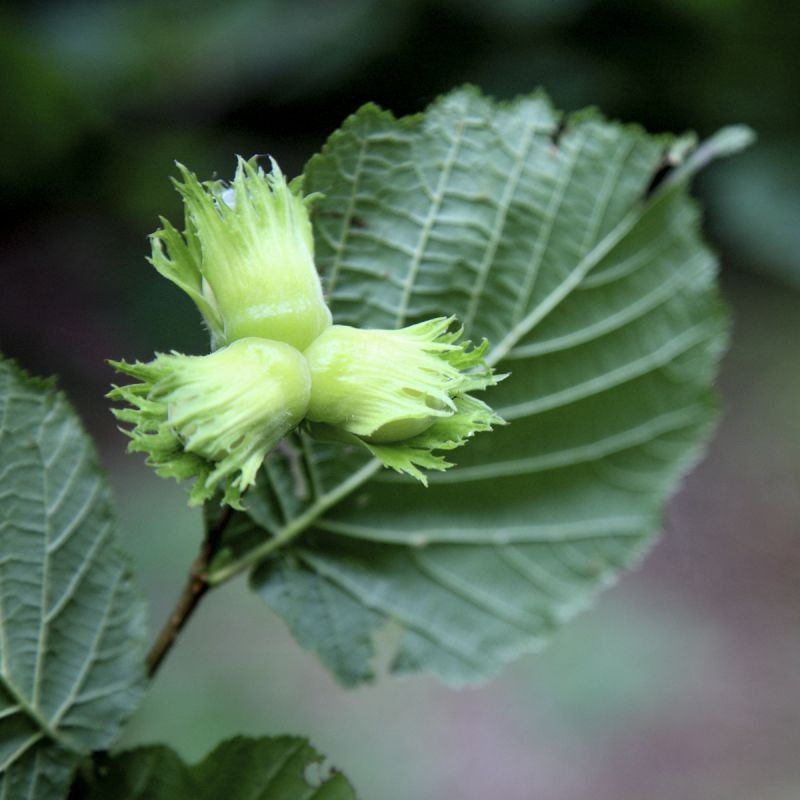End of Season Sale – Up to 20% Off
Soil Type and Preparation
Experience shows that the Willows and Poplars will grow in any soil type but thrive best in reasonably drained soil of pH 5 to 7.5. They will, however, cope with very wet and boggy conditions.
As with all planting, removing all perennial weeds before planting is wise, either by cultivation or by translocated herbicides. (Glyphosate, sold as Roundup, Gallup, Tumbleweed and other names, is very effective).
Cultivation is not usually necessary unless the soil is poorly compacted, in which case ploughing, digging or rotary cultivating is advisable. Fertiliser application is not required in the first year unless the soil is impoverished.



Spacing Willows
For screens and windbreaks, willows should be planted in a double or triple row at 60cm (2ft) intervals in the row and 90cm (3ft) between rows. For a thicker or denser hedge, they can be planted closer still - at 45cm or even 30cm apart.
For coppice or logs a 90cm x 90cm (3ft x 3ft) spacing is adequate. It is becoming increasingly popular to plant four or five rows of willows to harvest one row of logs each year and thereby gain an annual log supply without losing the windbreak or screen. The willows will quickly regenerate after harvest and even tolerate an annual harvest of one-year-old shoots for goat fodder.
Spacing Poplars
Poplars are best planted 90cm to 1m (3ft) apart, with 1.5-2m between the rows. For a solid barrier of Poplar, it is possible to cut off alternate trees at knee height after four years or when the trees are about 7m high, which encourages bushy regeneration from ground level and a solid vegetation barrier.
Willows and Poplars can be planted any time in the dormant season - between early November and mid-May. It is generally better to plant earlier rather than later.
Click on Cuttings & Trees for recommendations on whether rooted or unrooted trees would suit your situation. You can find further information in the After-Planting Care for suggestions as your trees grow.



Spacing Native Hedging
For new native countryside hedging, we recommend planting two staggered rows to make them more likely to be stock-proof and provide more shelter than a single row. Wider hedges are also of more wildlife value as they provide additional habitat. We advise between 4-6 plants per metre and approximately 30cm between the rows.


































